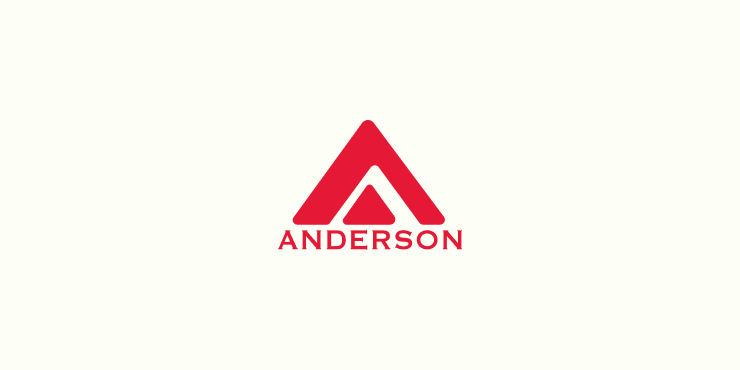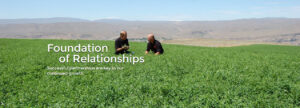Management Tips for Horse Owners that Can Favorably Affect the Environment
“Environmental stewardship is the responsibility for environmental quality shared by all those whose actions affect the environment.”(1) A more sustainable future hinges upon environmental stewardship. There are approximately 4 million horses in the United States (2). Everyone in the horse industry, from single-horse owners to commercial stable managers, face the same environmental challenges that other livestock owners must confront. Since pasture, paddock, and manure management practices directly affect soil and water quality, good environmental stewardship starts with the responsible planning and management of these resources.

Let’s face it – manure happens! All of that nutritious alfalfa hay or timothy hay that you feed an average 1000-pound horse each year turns into about 8 tons of manure (3). A draft horse will produce twice that amount, while a pony will produce half. Manure, which includes urine, feces, and bedding, can be a valuable commodity if it is used properly. It contains nutrients that plants need to grow, including nitrogen, phosphorus, and potassium. However, over-application of manure to crops results in more nutrients than the plants need. In this case, the extra nutrients can seep into groundwater and contaminate wells or runoff in surface water and pollute streams, rivers, and lakes. In addition, manure may contain parasites or pathogens that may infect horses if they graze pastures where contaminated manure was spread.
Manure is usually stored before it is applied to pastures or crops. To minimize runoff, manure should be stored at least 50 feet away from ditches or streams and it should be surrounded by grass (3). Raw manure can be applied directly to crops. However, this is not true if horse manure is mixed with sawdust, shavings, or wood chips. Crops will most likely be stunted if this type of mixture is applied because wood products are an abundant source of carbon. Soil microorganisms use the carbon from wood products for energy, but there is not enough nitrogen for the microorganisms to build protein (3). Therefore, the soil microorganisms scavenge nitrogen from the soil causing the soil to become nitrogen deficient, which subsequently stunts plant growth.
Stored horse manure can also be composted. Composting not only decreases the volume of manure and bedding, but it also concentrates the nutrients. In addition, the heat generated by the composting process kills bacteria, parasites, and pathogens. Proper composting takes some planning – visit our blog in the future for tips on composting horse manure and bedding.
Finally, proper management of pastures and paddocks will favorably affect the environmental impacts of horses. Make sure that horses do not have access to streams and ponds. It is also important to manage pastures so they are not overgrazed. Plants weaken when they are overgrazed, roots become shorter, and sod weakens, which allows weed seeds to germinate (4). Furthermore, soil often erodes when pasture has been overgrazed. All of these factors seriously affect pasture productivity. In general, it is better to have several small pastures rather than one large pasture. Pasture rotation can then be utilized to improve pasture health.
You can receive this blog from Anderson Hay directly in your email by subscribing above on the right.
References
(1) Environmental Protection Agency. http://www.epa.gov/stewardship/
(2) USDA Census of Agriculture, 2007. http://www.agcensus.usda.gov/Publications/2007/Full_Report/Volume_1,_Chapter_1_US/st99_1_029_031.pdf
(3) James, R. A Horse Owner’s Guide to Good Stewardship. Livestock and Poultry Environmental Stewardship, LPES Small Farm Fact Sheet series. http://www.cals.ncsu.edu/waste_mgt/smallfarms/Horse%20Owners.pdf
(4) Rayburn, E., 2000. Overgrazing can Hurt Environment, Your Pocketbook. West Virginia Extension Service. http://www.wvu.edu/~agexten/forglvst/overgraz.htm


